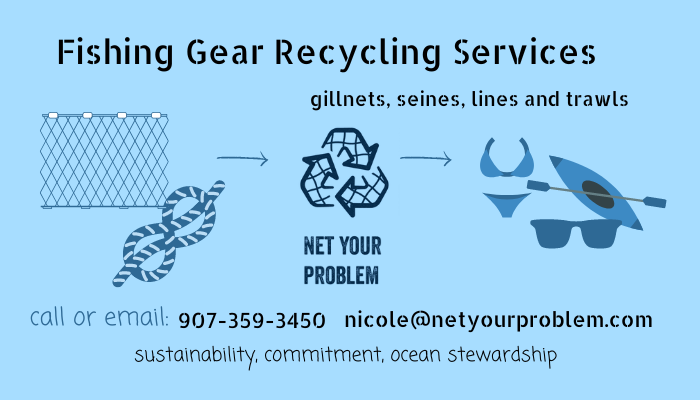NPFMC Sets 2022 Catch Limits
December 10, 2021
Fisheries are driven by numbers and there will be more ups than downs in 2022 catches for Alaska fishermen based on poundages set by the North Pacific Fishery Management Council.
The NPFMC is a federal advisory panel that has the herculean task of managing six fishery management plans (FMPs) covering 140+ species within 47 stocks and stock complexes, including setting annual bycatch limits. Their jurisdiction includes waters from three to 200 miles offshore where more than 60% of Alaska’s fish catches by volume are harvested.
A .78 share of the value of those fisheries goes to non-residents, nearly all from Washington state.
Seattle is home port to nearly 300 fishing vessels and all but 74 make their living in Alaska.
Back to the numbers for some hallmark species:
For Pacific cod in the Bering Sea/Aleutian Islands, the catch for next year was increased by 20% to just over 330.5 million pounds.
Cod catches in federal waters of the Gulf of Alaska was increased by nearly 40% to 54 million pounds.
Also getting huge hikes is the so called “head and gut” fleet of 19 Seattle-based bottom trawlers that have been making headlines for their annual takes/tossings of more than four million pounds of halibut bycatch (which comes off the top of all other users). The big boats, which include seven owned by Western Alaska Native groups, target flounders, cod, perch and Atka mackerel. All but one were upped by 20% or more. Their most important catch, yellowfin sole, was increased 25% to 550 million pounds.
Pollock catches in the Gulf of Alaska were increased to nearly 310.5 million pounds, a nearly 26% boost.
On the downside, the world’s largest food fishery – Bering Sea pollock – will be reduced by 19% next year to 2.4 billion pounds.
All combined, Alaska’s state/federal fisheries produce two-thirds of the U.S. seafood harvest and Alaska is home to nine of the top 20 U.S. fishing ports by value. If it were a country, Alaska would rank 8th for wild harvests on a global scale.
The 2022 catches must be approved by the U.S. Commerce Department which almost always rubber stamps the NPFMC recommendations.
Find more at www.alaskafishradio.com






